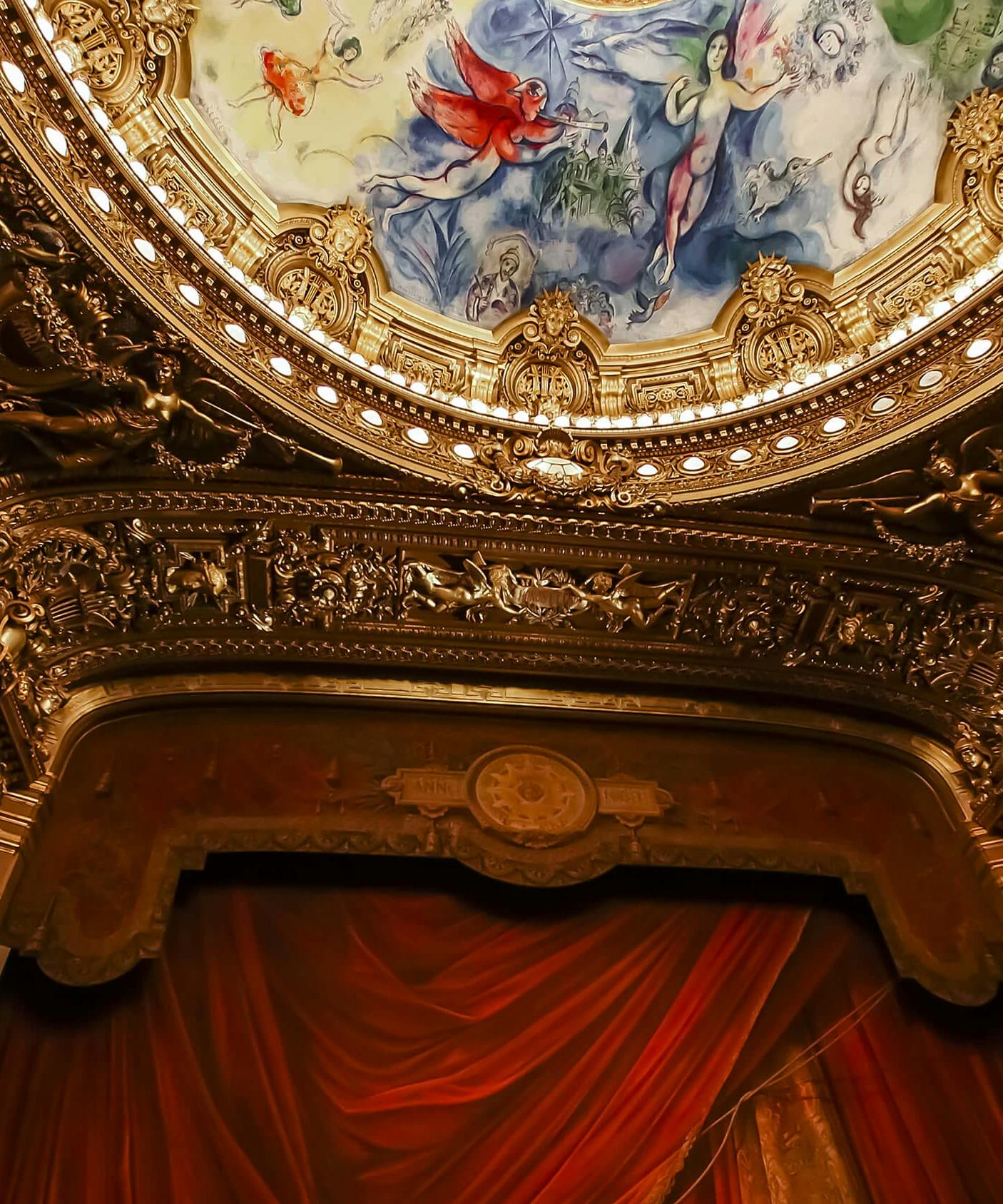Why Don’t Rich People Build Beautiful Things Anymore?
The rich used to feel a duty to prioritize the spiritual and cultural needs of society.

They’d patronize high art forms, like ballet and opera, and would contribute to the creation of beautiful buildings — theatres, shops, museums. Yet these days, high culture and beauty seem to have been shunned by our elites — and the decay shows all around us.
Our architecture is increasingly ugly, and many high forms of art — ballets, symphonies, museums — are languishing from lack of funds. 21st-century decision-makers seem to want to satisfy only our material needs, not our cultural or spiritual ones. What’s changed?
Older Towns and Cities Show What We’ve Lost
In the U.S. and perhaps other countries around the world, there is a stark contrast between what was built way back when and what is built now.
Portions of American small towns and cities that were built in the early 20th century or earlier reflect America’s largely European heritage. Town centers boast cozy brick buildings in traditional styles of architecture — Italianate, Victorian, colonial. The buildings have elements of beauty — ornamentation and details. They’re built shoulder-to-shoulder, making for easy strolling to explore local cafés, theatres, and shops. There are places to sit and dwell, and it’s enticing to do so.
Look at Georgetown in Washington D.C.
These places not only prioritize beauty, but they also elevate community life by making it easy for people to be close together — dining at a sidewalk cafe, reading a book on a bench, visiting local businesses, or seeing an artist set up an easel for plein air painting.
But the decision-makers among us no longer seem interested in building spaces like this. They’d rather serve the interests of their own wealth and that of global corporations — not the needs of local people.
Our New World Looks Increasingly Bland
Have you ever looked closely at the buildings that house your local megacorporations, such as Walmart, Target, or Verizon? There isn’t much to see. The buildings of the late 20th and early 21st century consist of long, bland boxes, devoid of ornamentation or beauty. They often have no windows and are lined on nearly all sides by massive parking lots. Community, art, and beauty are not considered here — you’re meant to make your purchases and leave.
The rich people running our world today don’t build cozy shops of brick that mimic the most beloved spaces in the U.S.; wealthy decision-makers no longer seem to feel a duty to everyday people. They value utility and money over the spiritual and cultural needs of society, and it shows in what they build — and what they don’t.
The Wealthy No Longer Feel a Duty To Create Culture
Some uber-wealthy figures of the past, such as industrialist Andrew Carnegie, advocated for rich people to take on the responsibility of spending their wealth in such a way that the non-wealthy could benefit. Carnegie himself established over 3,000 public libraries around the world and donated a public bath to his hometown. Where I went to school, Penn State, one of the most beautiful buildings on campus was built through a donation from Carnegie.
Looking around at the world today, it’s clear this mentality no longer exists among the elites. The wealthy no longer feel an imperative to support noble projects. Those in charge of our key institutions and decisions — from what our grocery stores will look like to whether or not our nearest city will have a well-funded symphony or ballet — seem to lack a feeling of duty toward us.
Consider St. Petersburg millionaire Grigory Eliseev. He purchased an 18th century apartment block and turned it into a beautiful grocery store that opened in the early 1900s. Now compare this to your local Walmart. Which place would better uplift your spirit and give you a greater sense of cultural purpose and pride?
While we will always need some purely utilitarian spaces, the wealthy used to also prioritize beautiful and cultural ones. Look up the history of nearly any beautiful cultural building in the U.S., and it’s likely the rich played a key role in creating it. New York City’s stunning public library was created by a real estate mogul; San Francisco’s Legion of Honor art museum was gifted by the wife of a sugar magnate; Pittsburgh’s gorgeous Heinz Hall theatre was built by a film magnate; the examples go on and on.
Do you see today’s tech or communications executives building anything similar?
New York Public Library
Heinz Hall for the Performing Arts, Pittsburgh
Closing Thoughts
Art, culture, and architecture uplift the human spirit, and have historically relied on the generosity of wealthy benefactors. These days, the wealthy rarely patronize culture that would benefit the rest of us. Our elites don’t seem to see a need to build beautiful shops, libraries, and theatres that uplift our culture. They don’t fund ballets or operas or museums. Instead, they build gray boxes and shell out $58 million for a sculpture of a shiny balloon dog.
The degree to which rich people seek to elevate culture and class among the populace is not only reflected in our local architecture, but across the whole of society. Those with the wealth and the ability to uplift culture have a great moral duty to do so — if only they’d show up for the task.